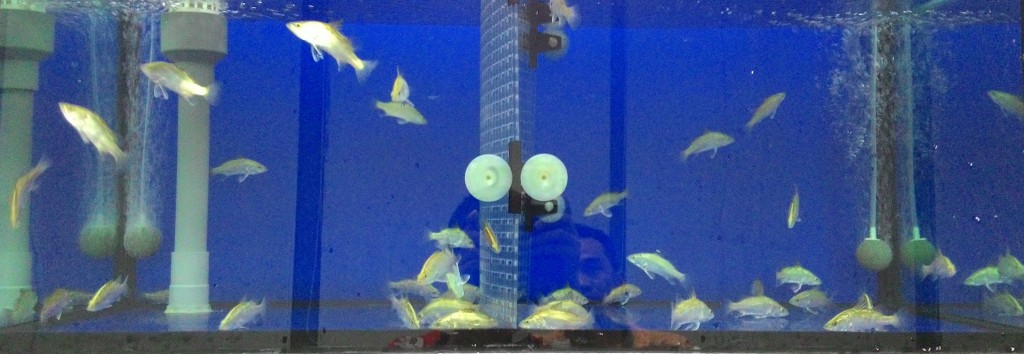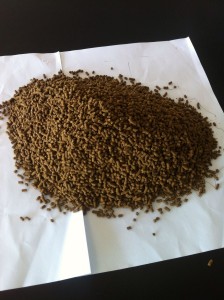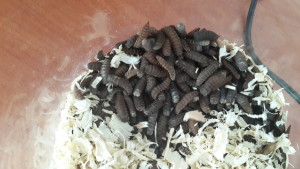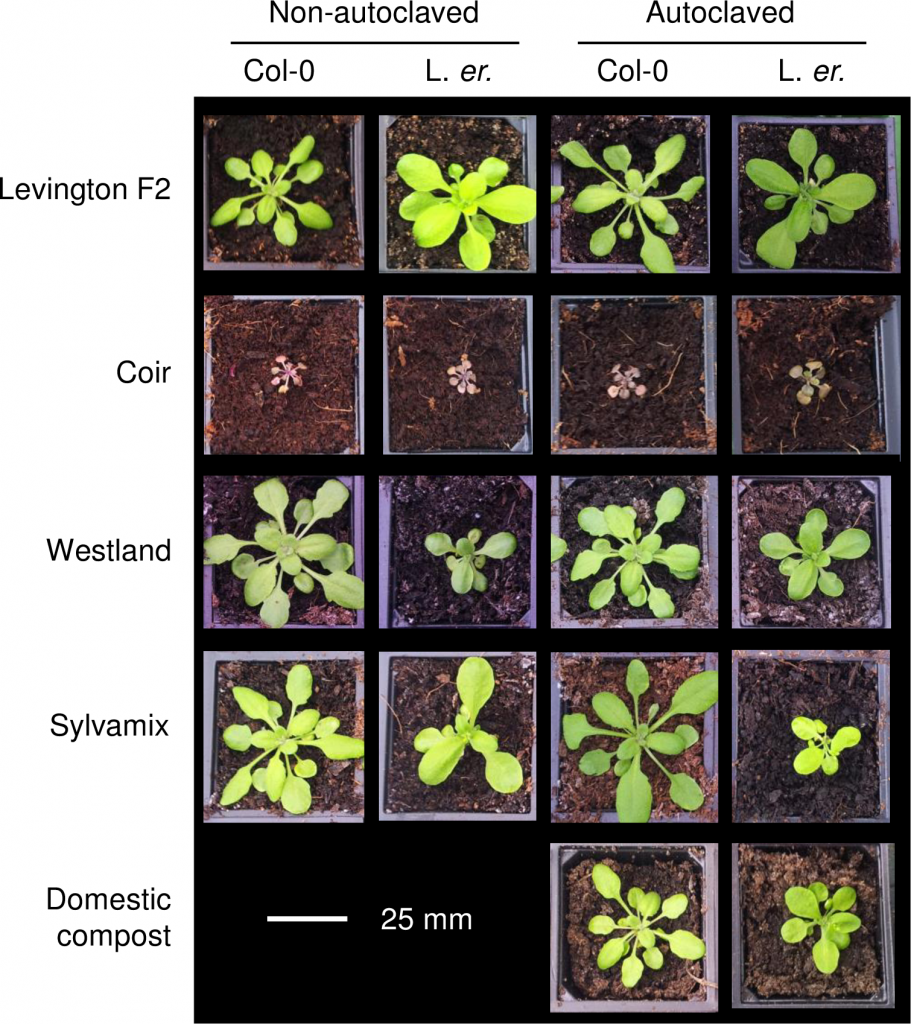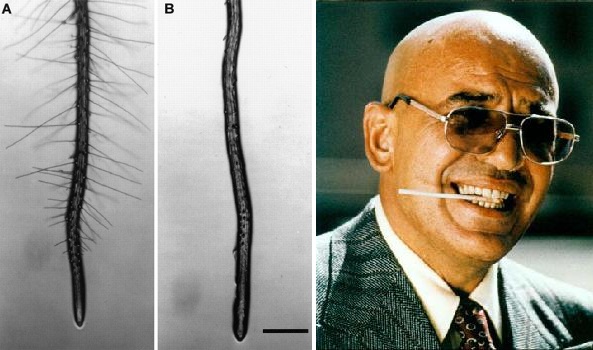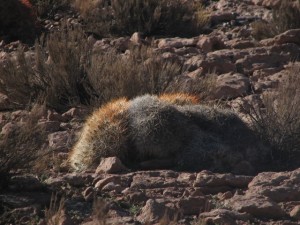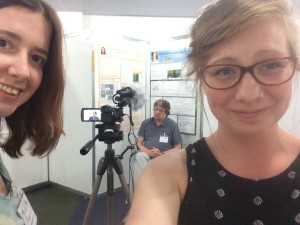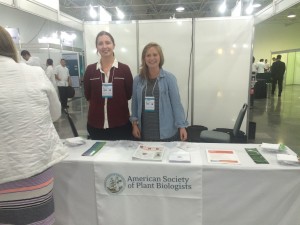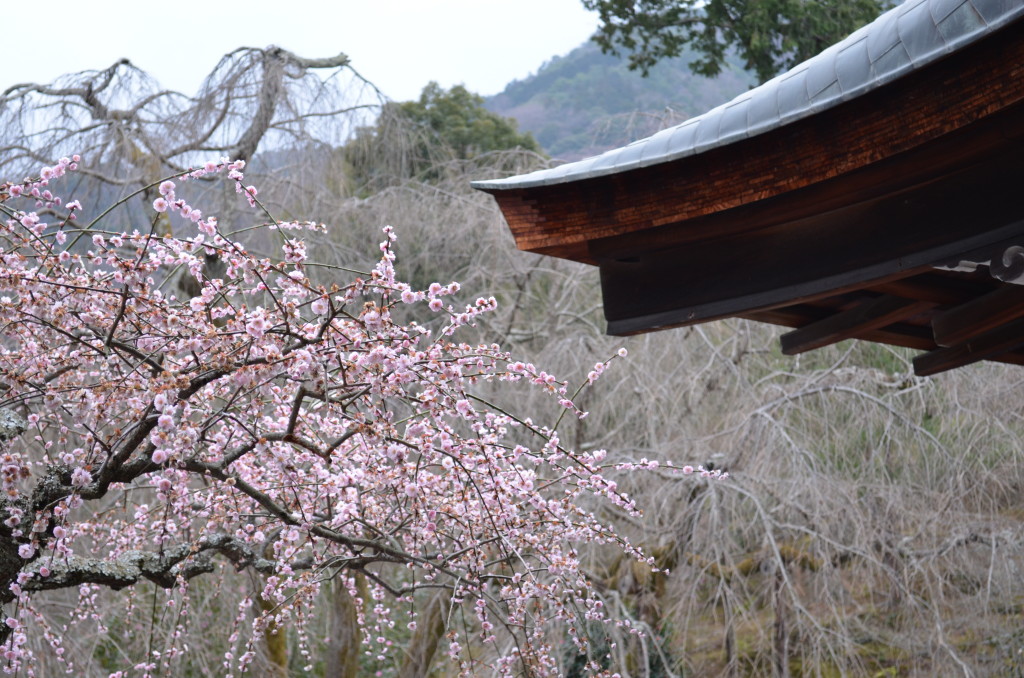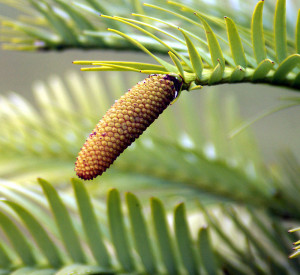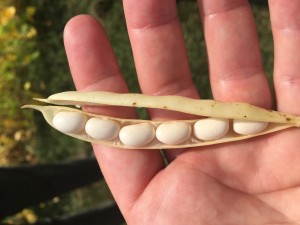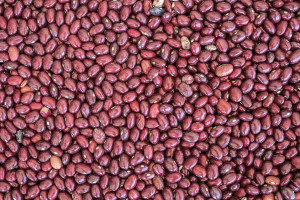The Chelsea Flower Show is a world-renowned garden show held every year in May by the UK’s Royal Horticultural Society. There are exhibits of garden design, educational outreach, and exciting new varieties of ornamental plants, fruits and vegetables, with prestigious awards given for each category.
This week’s blog post is republished with permission from The Conversation, under a CC BY-ND 4.0 license.
The flower breeders who sold X-ray lilies and atomic marigolds
By Helen Anne Curry, University of Cambridge
The Chelsea Flower Show, one of the biggest and best known horticultural shows in the world, took place on 24-28th May 2016. Some 150,000 visitors made their way to the Royal Hospital Chelsea, London, UK, to be wowed by innovative garden designs and especially by gorgeous flowers. Among other things, show-goers had the chance to learn the winner of the Royal Horticultural Society’s Plant of the Year award. This annual prize goes to the “most inspiring new plant” on display at the show – a high honor indeed given the number and range of varieties introduced each year.
The relentless pursuit of showy flowers for garden display extends back significantly further than the 104 years of the Chelsea show. One need only recall the infamous Dutch tulip craze of the 17th century to be reminded that fascination with floral novelties has a long and storied history.
Over the centuries, entrepreneurial cultivators have endeavored to create unique plant varieties, either by bringing together the genetic material from established lines through hybridization or through the discovery of new genetic variation such as a chance mutation in a field. Today, flower breeding is pursued with a far better understanding of plant biology than ever before, in some cases with the aid of technologies such as tissue culture and genetic transformation. Yet the goal remains the same: the creation of tantalizing tulips, ravishing roses, show-stopping snapdragons and myriad other plants that will ideally prove irresistible to gardeners and turn a handsome profit.

Chelsea Flower Show 2016. Andy Rain/EPA
The quest to produce profitable new varieties – and to do so as fast as possible – at times led to breeders to embrace methods that today seem strange. There is no better illustration of this than the mid-century output of one of America’s largest flower-and-vegetable-seed companies, W Atlee Burpee & Co.
Gardening with X-rays
In 1941, Burpee Seed introduced a pair of calendula flowers called the “X-Ray Twins”. The company president, David Burpee, claimed that these had their origins in a batch of seeds exposed to X-rays in 1933 and that the radiation had generated mutant types, from which the “X-Ray Twins” were eventually developed.
At the time, Burpee was not alone in exploring whether X-rays might facilitate flower breeding. Geneticists had only recently come to agree that radiation could lead to genetic mutation: the possibilities for creating variation “on demand” now seemed boundless. Some breeders even hoped that X-ray technologies would help them press beyond existing biological limits.
The Czech-born horticulturist Frank Reinelt thought that subjecting bulbs to radiation might help him produce an elusive red delphinium. Unfortunately, the experiment did not produce the hoped-for hue. Greater success was achieved by two engineers at the General Electric Research Laboratory, who produced – and patented – a new variety of lily as a result of their experiments in X-ray breeding.
Though Reinelt’s and other breeders’ tangles with X-ray technology resulted in woefully few marketable plant varieties, David Burpee remained keen on testing new techniques as they appeared on the horizon. He was especially excited about methods that, like X-ray irradiation, promised to generate manifold genetic mutations. He thought these would transform plant breeding by making new inheritable traits – the essential foundation of a novel flower variety – available on demand. He estimated that “in his father’s time” a breeder chanced on a mutation “once in every 900,000 plants”. He and his breeders, by comparison, equipped with X-rays, UV-radiation, chemicals, and other mutation-inducing methods, could “turn them out once in every 900 plants. Or oftener”.
Scientific sales pitches

A 1973 Burpee cover. Burpee, CC BY-NC-ND
Burpee’s numbers were hot air, but in a few cases plant varieties produced through such methods did prove hot sellers. In the late 1930s Burpee breeders began experimentation with a plant alkaloid called colchicine, a compound that sometimes has the effect of doubling the number of chromosomes in a plant’s cells. They exploited the technique to create new varieties of popular garden flowers such as marigold, phlox, zinnia, and snapdragons.
All were advertised as larger and hardier as a result of their chromosome reconfiguration – and celebrated by the company as the products of “chemically accelerated evolution”. The technique proved particularly successful with snapdragons, giving rise to a line of “Tetra Snaps” that were by the mid-1950s the best-selling varieties of that flower in the United States.
Burpee’s fascination with (in his words) “shocking mother nature” to create novel flowers for American gardeners eventually led him to explore still more potent techniques for generating inheritable variation. He even had some of the company’s flower beds seeded with radioactive phosphorus in the 1950s. These efforts do not appear to have led to any new varieties – Burpee Seed never hawked an “atomic-bred” flower – but the firm’s experimentation with radiation did result in a new Burpee product. Beginning in 1962, they offered for sale packages of “atomic-treated” marigold seeds, from which home growers might expect to grow a rare white marigold among other oddities.
Burpee was, above all, a consummate showman and a master salesman. His enthusiasm for the use of X-rays, chemicals, and radioisotopes in flower breeding emerged as much from his knowledge that these methods could be effectively incorporated into sales pitches as from his interest in more efficient and effective breeding. Many of his mid-century consumers wanted to see the latest science and technology at work in their gardens, whether in the form of plant hormones, chemical treatments, or varieties produced through startling new techniques.
Times have changed, 60-odd years later. Chemicals and radiation are as more often cast as threatening than benign, and it is likely that many of today’s visitors to the Chelsea Flower Show hold a different view about the kinds of breeding methods they’d like to see employed on their garden flowers. But as the continued popularity of the show attests, their celebration of flower innovations and the human ingenuity behind these continues, unabated.
Helen Anne Curry, Peter Lipton Lecturer in History of Modern Science and Technology, University of Cambridge
This article was originally published on The Conversation. Read the original article.
![]()



